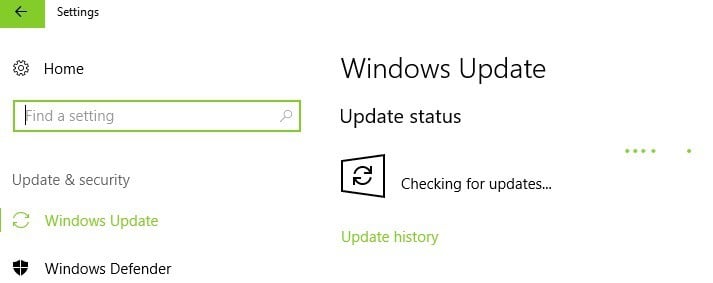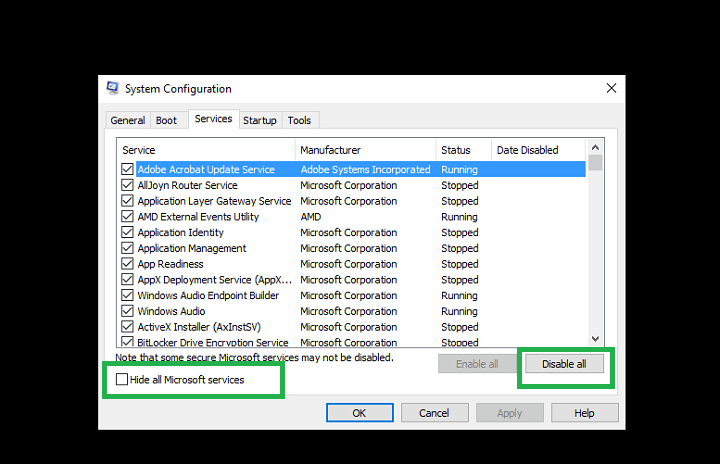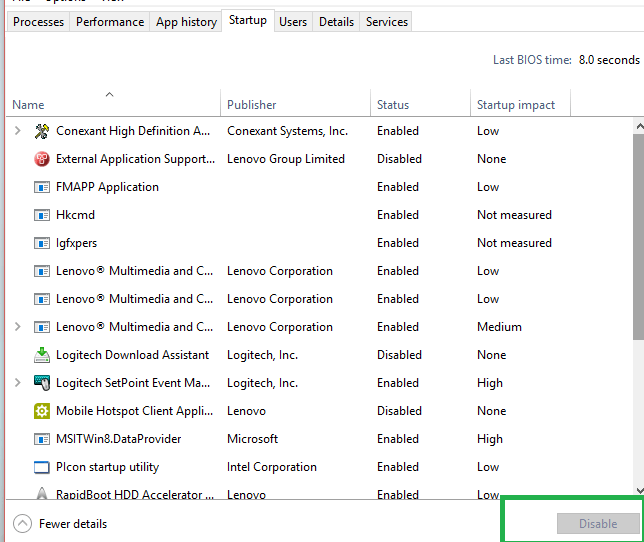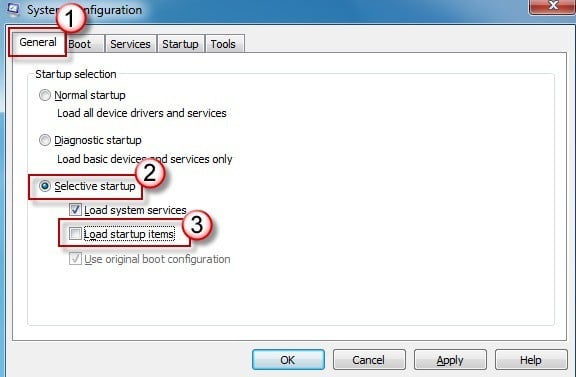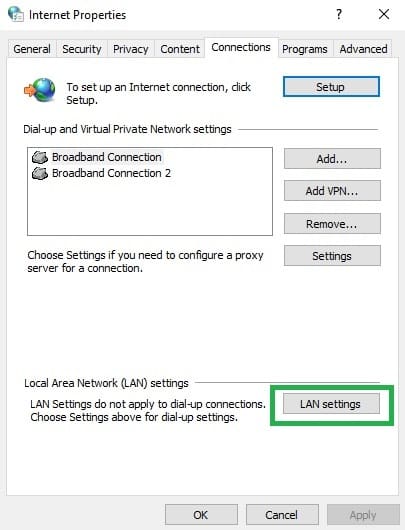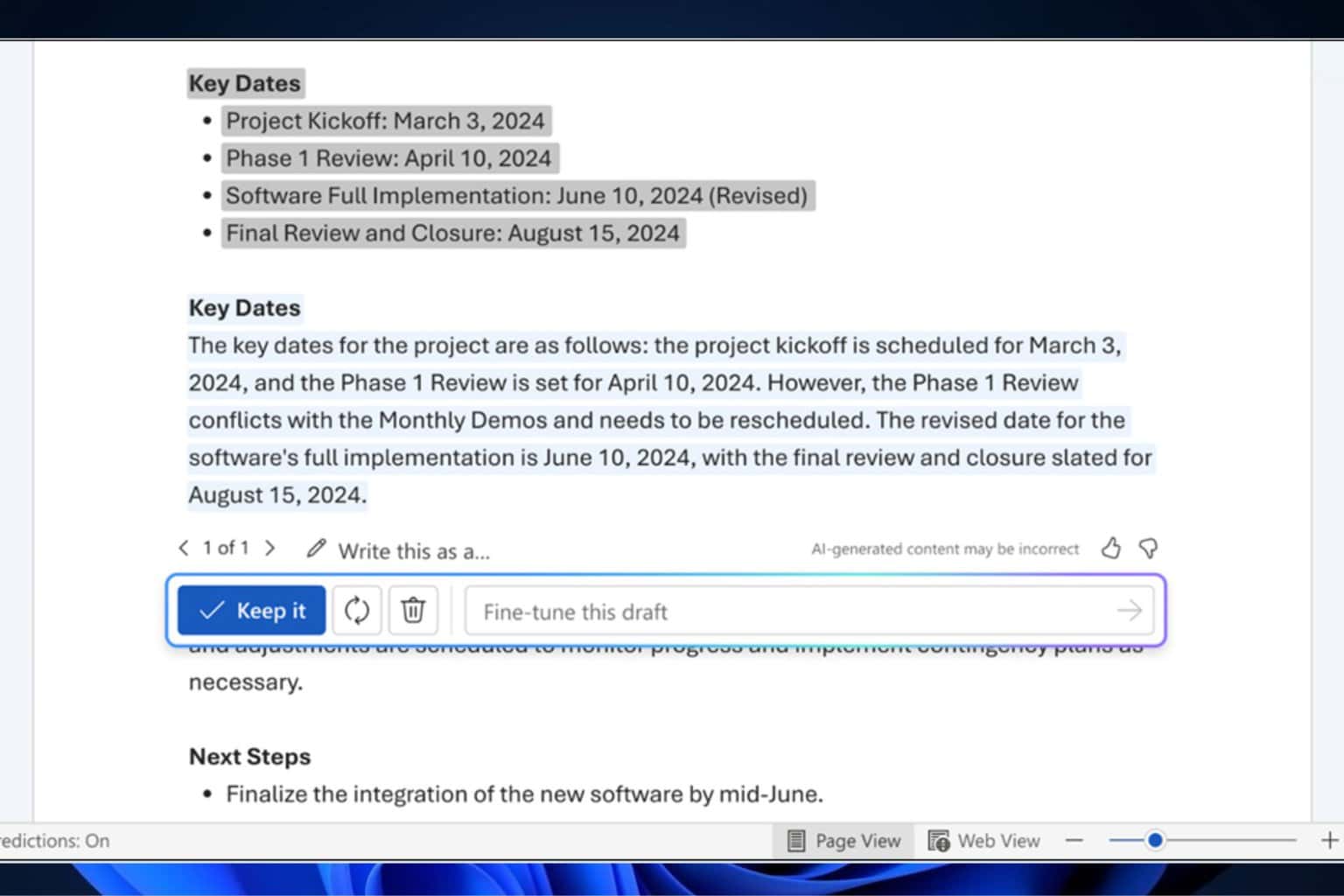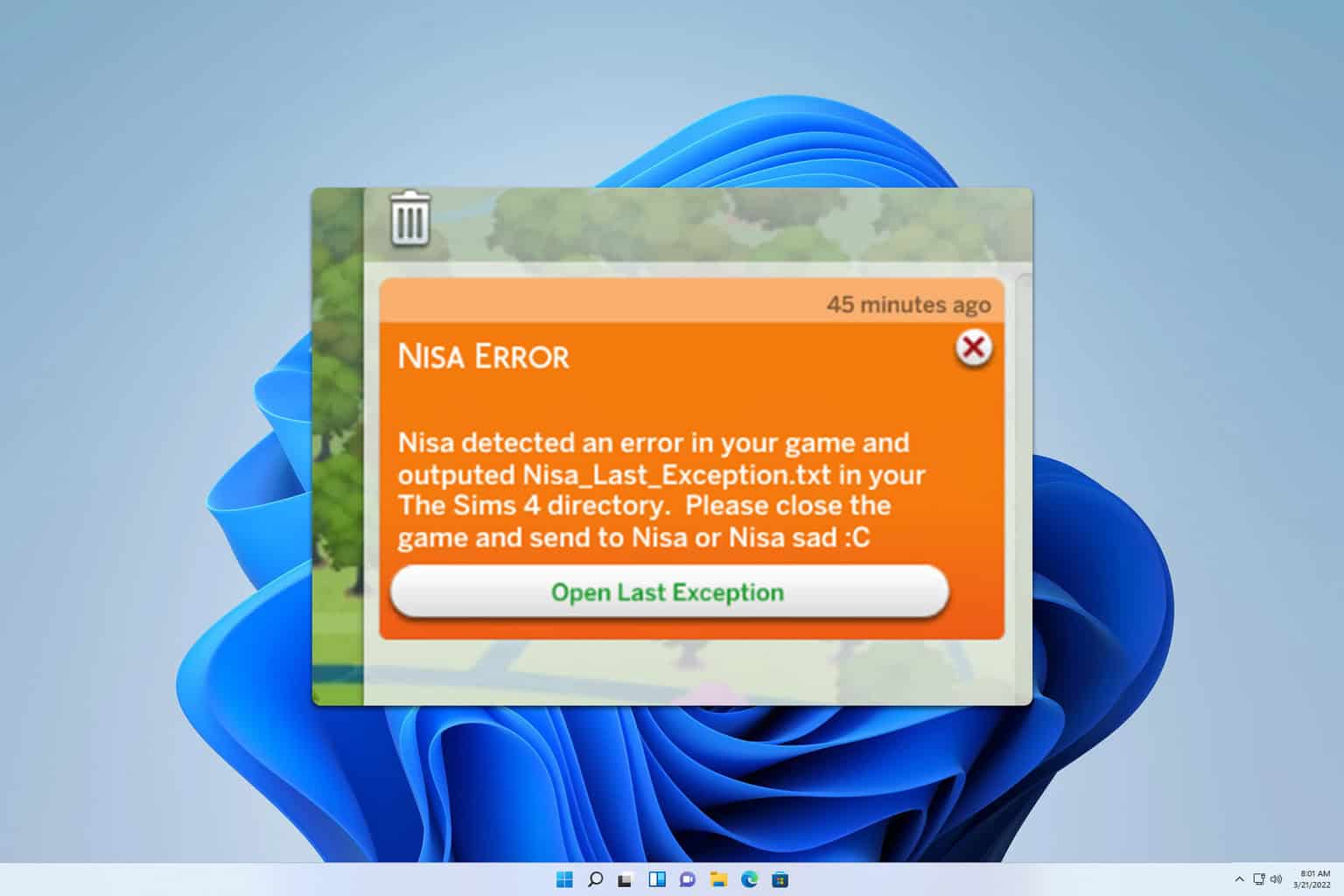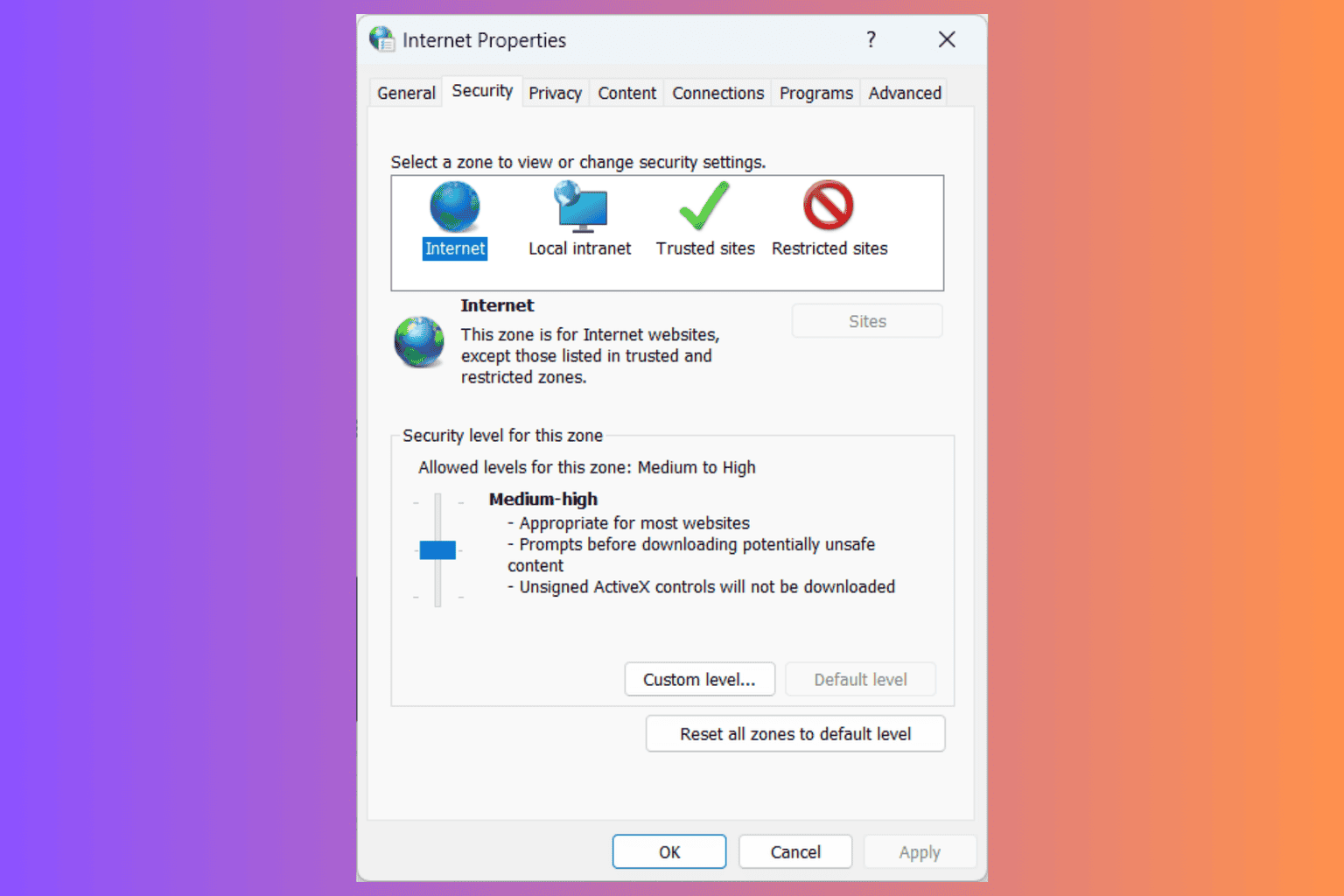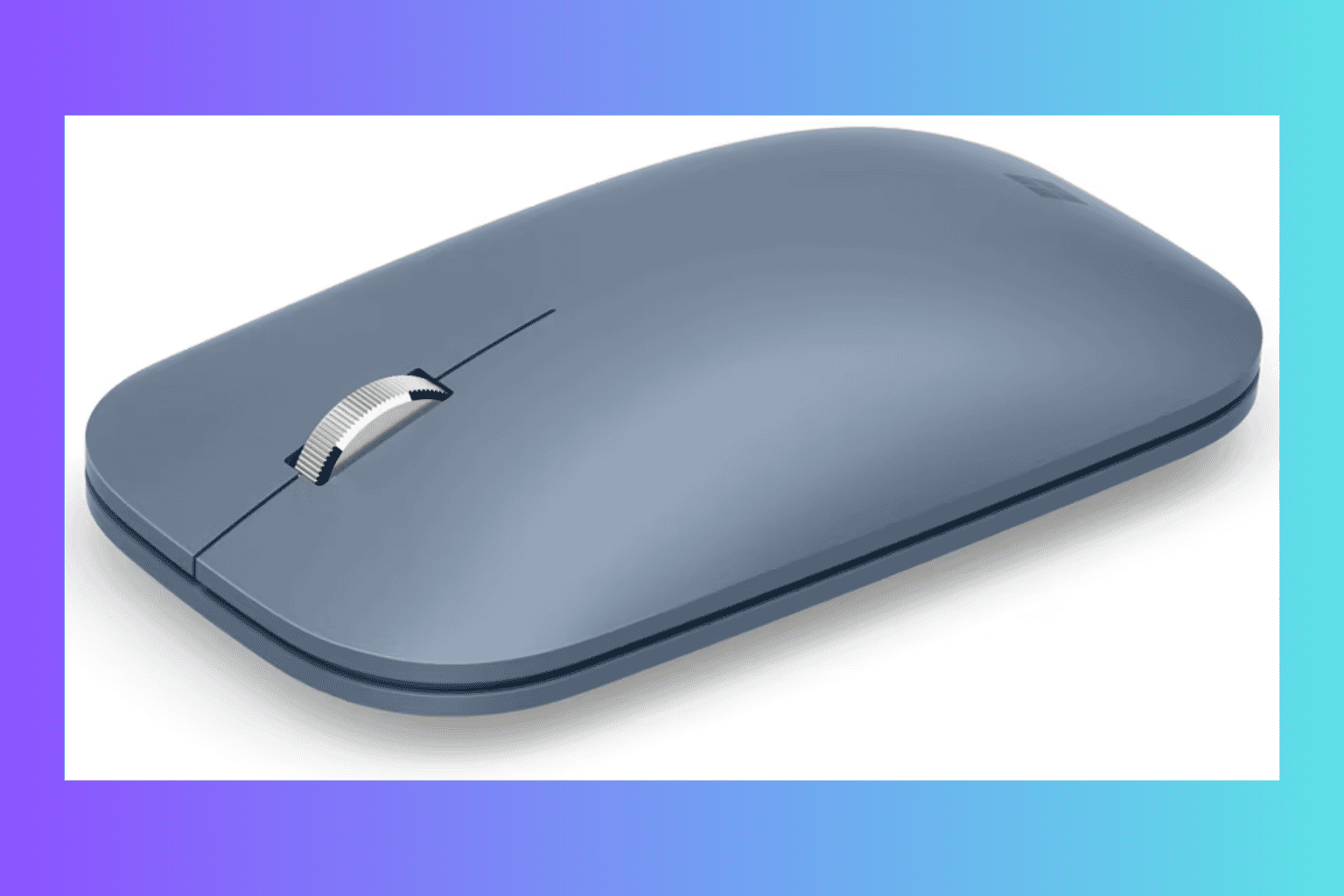FIX: The operation completed successfully: (ERROR_SUCCESS)
6 min. read
Updated on
Read our disclosure page to find out how can you help Windows Report sustain the editorial team Read more
Key notes
- Keeping your Windows 10 updated will generally fix any issue, so use the built-in Windows Update feature as often as you can.
- Updating your drivers also helps, so make sure you follow all known methods to do it properly.
- Thankfully enough this type of error does not hinder functionality too much, nor does it lead to more severe issues, such as BSoDs.
- The Successful Error message is just one of many error messages you will encounter in Windows 10. Thankfully enough, we’ve covered most of them.

One of the oddest errors that you may encounter when using Windows 10 is an error message stating that the operation you were undergoing was completed successfully.
Error_success usually occurs in the following situations:
- When upgrading your PC to Windows 10
- While installing the latest Windows updates
- When downloading apps from the Windows Store
- During Windows startup and shutdown
- When performing various tasks, such as printing, etc.
Error_success variations
At the same time, this error may also occur under the following forms:
- Error Code 0x00000000 : The operation completed successfully
- Error Success: The operation completed successfully
- Error success 0 (0x0)
- The operation completed successfully win32exception
If you’re getting the error success 0 (0x0) or Error success: the operation completed error codes, follow the troubleshooting steps listed in this article to fix them.
How do I fix the ERROR_SUCCESS issue?
1. Run a full system scan
Malware may cause various issues on your computer, including errors. Perform a full system scan in order to detect any malware running on your computer. You can use Windows’ built-in antivirus, Windows Defender, or third-party antivirus solutions.
2. Repair your registry
1. Go to Start > type cmd > right-click Command Prompt > select Run as Administrator
2. Now type the sfc /scannow command
3. Wait for the scanning process to complete and then restart your computer. All corrupted files will be replaced on reboot.
The simplest way to repair your registry is to use a dedicated tool, and if you haven’t installed any registry cleaner on your computer, check out our article on the best registry cleaners to use on Windows 10 PCs.
If that doesn’t work, simply use Microsoft’s System File Checker to check for system file corruption by using the methods listed above.
3. Use a reliable tool for Windows errors
An easy and efficient solution would be to use a trustworthy third-party tool with features that aim to keep your Windows OS in an optimal and stable condition.
Compromised system settings and damaged registry files can lead to bigger problems and affect your PC’s health significantly. It’s important to keep your OS healthy and updated.
This is only one of the many reasons why you should keep your registry clean and healthy, removing any obsolete, corrupted, or useless entries.
The best part is that you won’t have to go seeking a needle in a haystack; all of this and more can be accomplished with an automated solution.
4. Update your OS
Make sure that you’re running the latest Windows OS updates on your machine. As a quick reminder, Microsoft constantly rolls out Windows updates in order to improve the system’s stability and fix various issues.
Go to Windows Update, check for updates and install the available updates. To access the Windows Update section, you can simply type update in the search box. This method works on all Windows versions.
If you’re looking for a particular update, go to Microsoft’s Update Catalog website. Simply type the KB number of the respective update, hit Enter and then click on the download button.
Windows updates are meant to improve the operating system‘s stability and reliability, but sometimes they bring issues of their own. For this reason, it’s possible that some updates cause various error_success errors.
5. Update your PC drivers
Outdated drivers may also trigger error_success errors. As a result, install the latest driver updates on your PC and see if this action solves the problem. Here’s how to update computer drivers for various Windows versions.
5.1 How to update drivers on Windows 10
You can fix the most common driver issues by installing the latest Windows updates. Simply type “update” in the Search box, and click Check for Updates to download and install the latest updates.
If you want to install particular drivers, launch Device Manager. Expand the available categories and select the device that you wish to update the driver for. To install the latest driver updates for that device, right-click on it and select Update Driver.
A third option is to download the available driver updates directly from the manufacturer’s website.
5.2 How to update drivers on Windows 7
You can set Windows 7 to automatically install the latest driver updates on your computer.
- Go to Start > click Devices and Printers.
- Right-click the name of your computer > select Device installation settings.
- Click Yes, do this automatically (recommended), and then click Save changes.
- If you’re prompted for an administrator password or confirmation, type the password or provide confirmation.
You can also use Windows Update to install the latest driver updates on your machine. If Windows can’t find a driver for your device, you can download the available driver updates directly from the manufacturer’s website.
6. Perform a clean boot
A clean boot starts Windows using a minimal set of drivers and startup programs. This action eliminates software conflicts and helps you determine what conflict is causing the annoying error_success errors.
6.1 How to perform a clean boot on Windows 10:
- Type System Configuration in the search box > hit Enter
- On the Services tab > select the Hide all Microsoft services check box > click Disable all.
3. On the Startup tab > click on Open Task Manager.
4. On the Startup tab in Task Manager > select all items > click Disable.
5. Close the Task Manager.
6. On the Startup tab of the System Configuration dialog box >click OK > restart your computer.
6.2 How to perform a clean boot on Windows 7
1. Go to Start > type msconfig.exe > select the System Configuration utility.
2. On the General tab, click the Selective startup option > uncheck the Load startup items check box.
3. On the Services tab, check the Hide all Microsoft services check box > click Disable all > click OK > Restart.
For more information on how to perform a clean boot on other Windows versions, check out Microsoft’s support page.
7. Uninstall and reinstall the apps and programs affected by error_success
If the error_success error occurs when using a particular app or program, try uninstalling and reinstalling the respective programs. Also, if this error occurs shortly after installing a new app or program, try uninstalling the respective app or program.
8. Disable the proxy server
This workaround is particularly useful if you encounter error_success when downloading app from the Windows Store or when updating them.
1. Go to Search > type Internet Options > go to Connections tab > go to LAN Settings
2. Uncheck the option Use a proxy server for your LAN > click Apply.
By following our listed steps you should no longer see any successful errors when using your Windows 10 PC.
The good news is that The operation completed successfully error occurs quite rarely. If you’ve come across other workarounds to fix error_success, feel free to list the troubleshooting steps in the comment section below.




